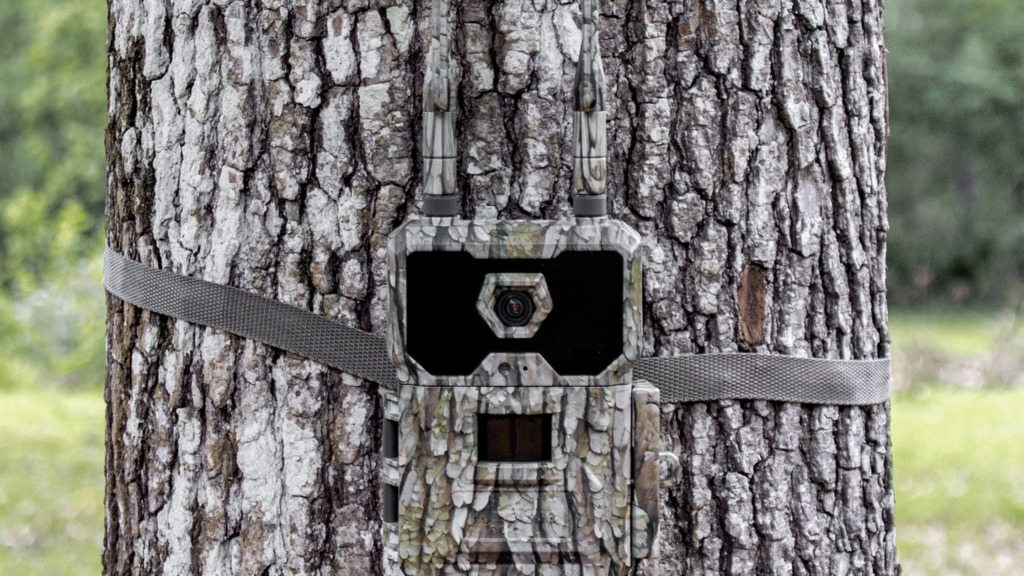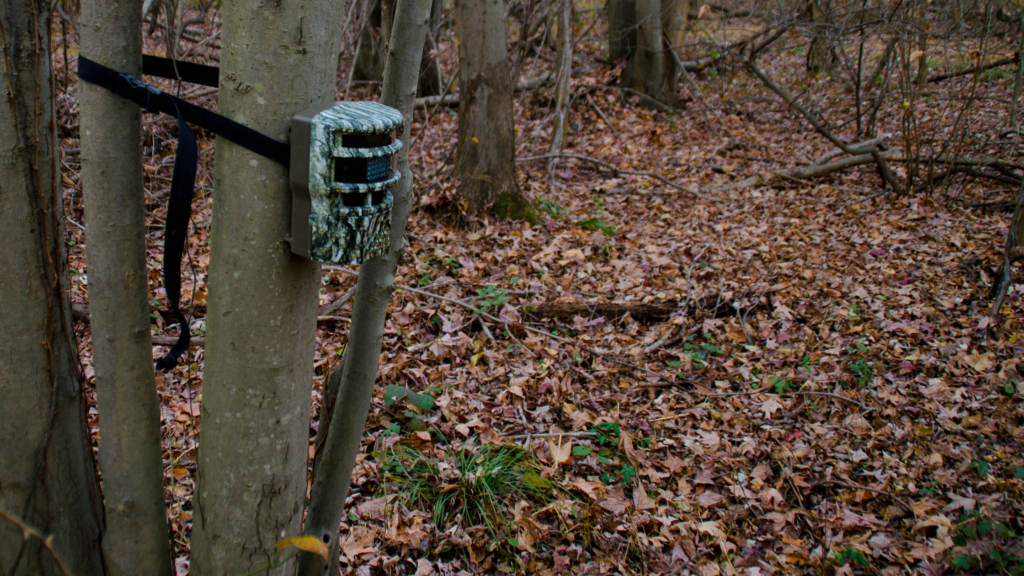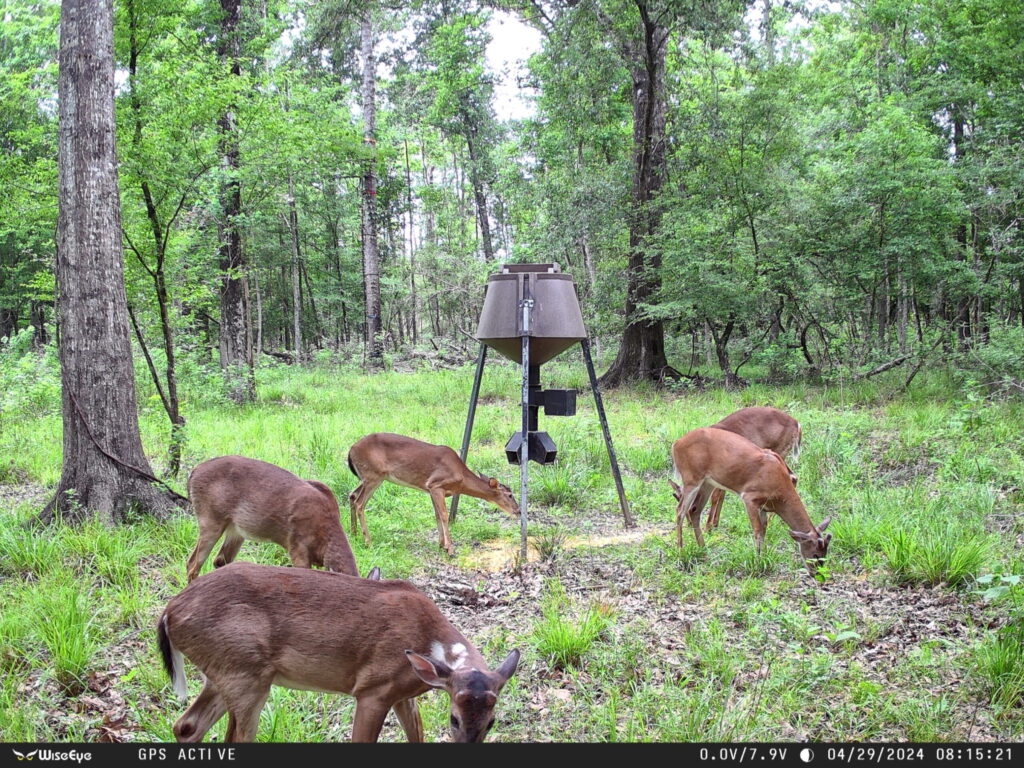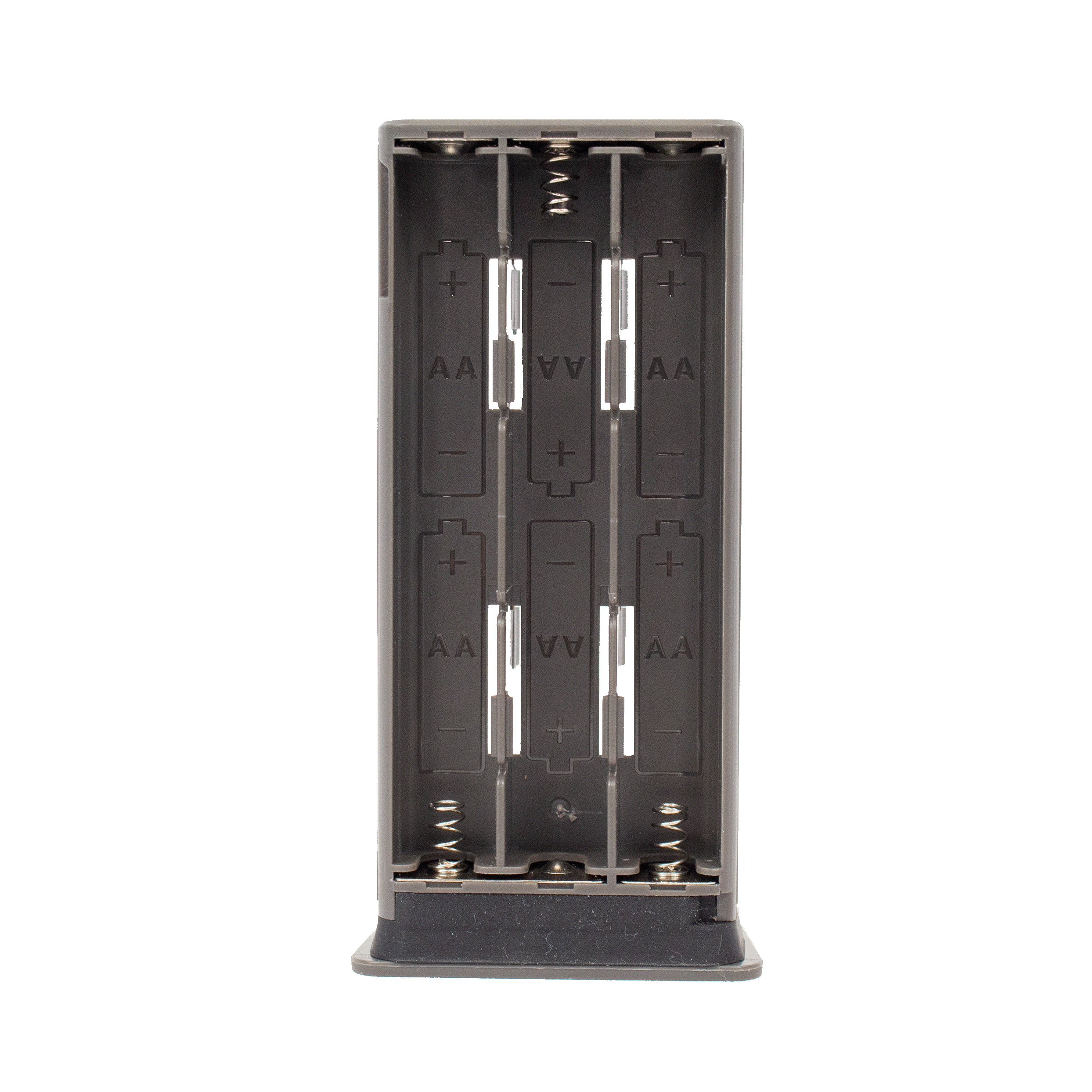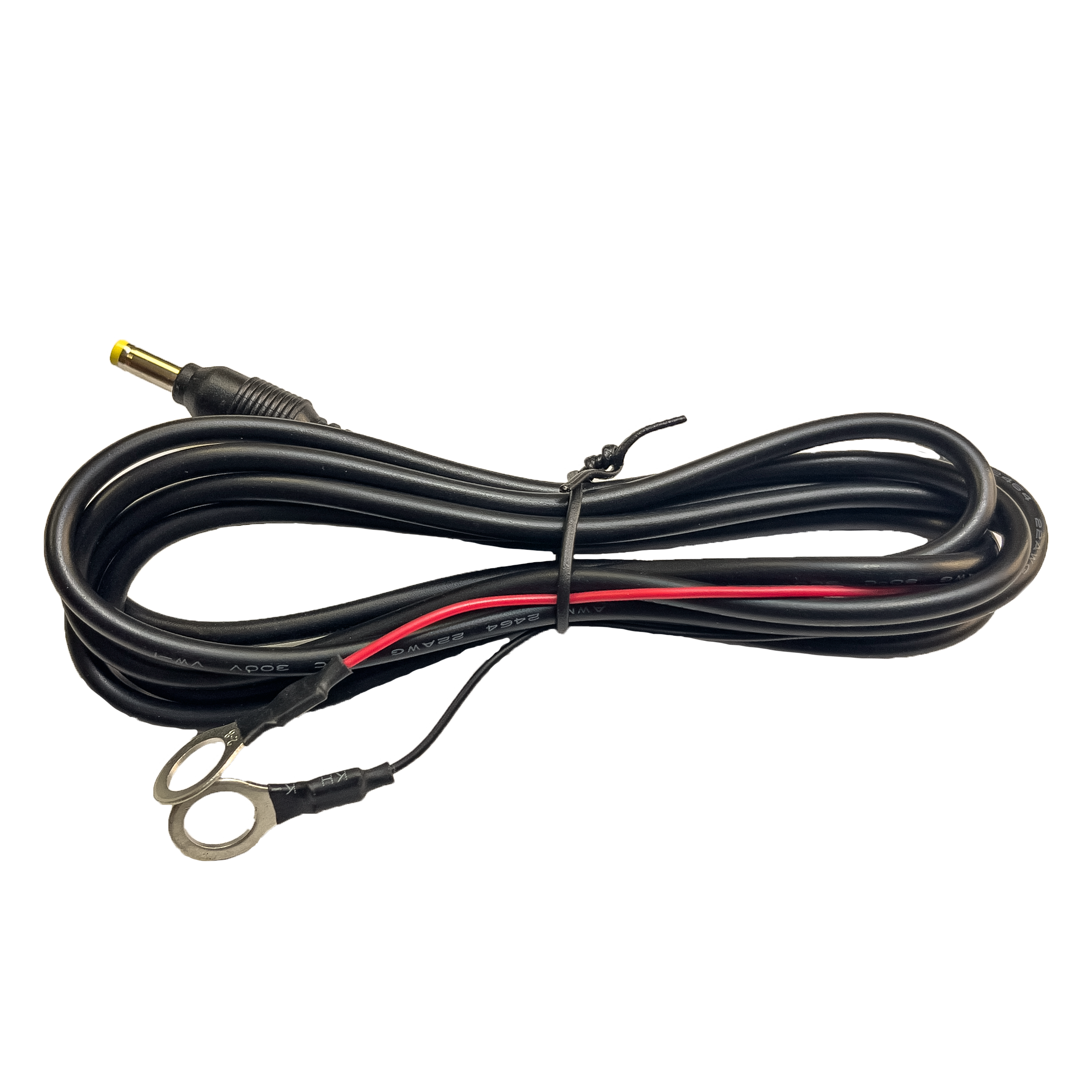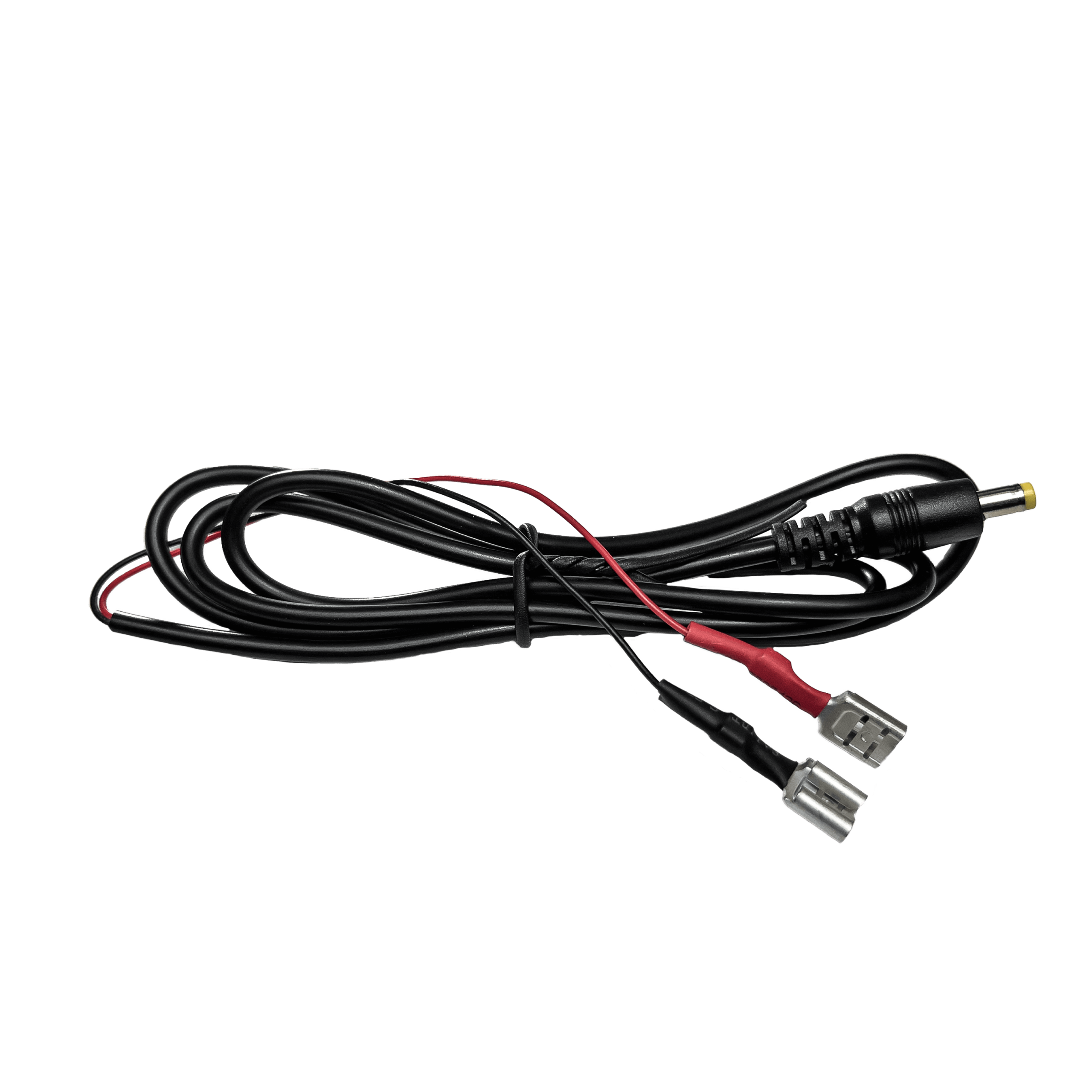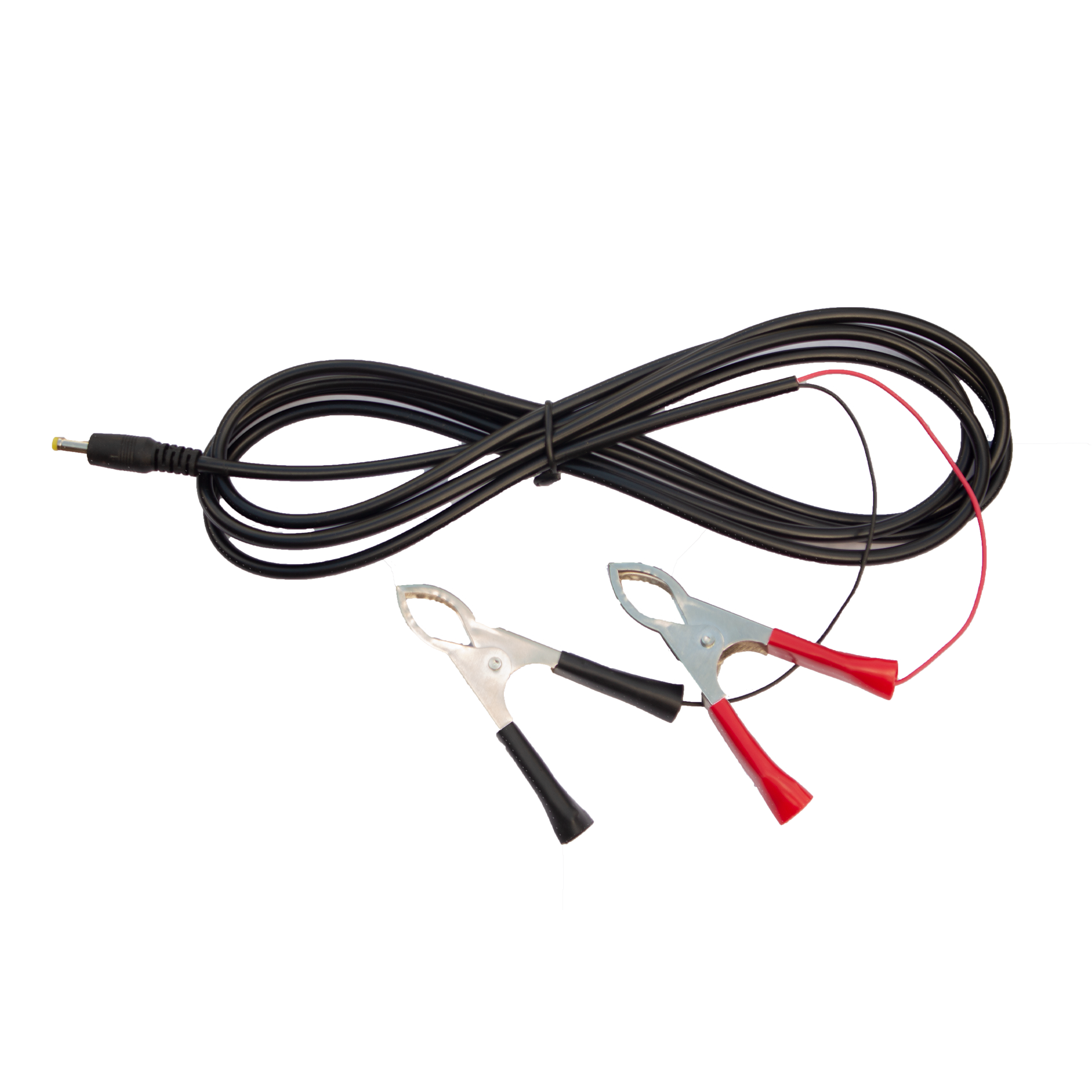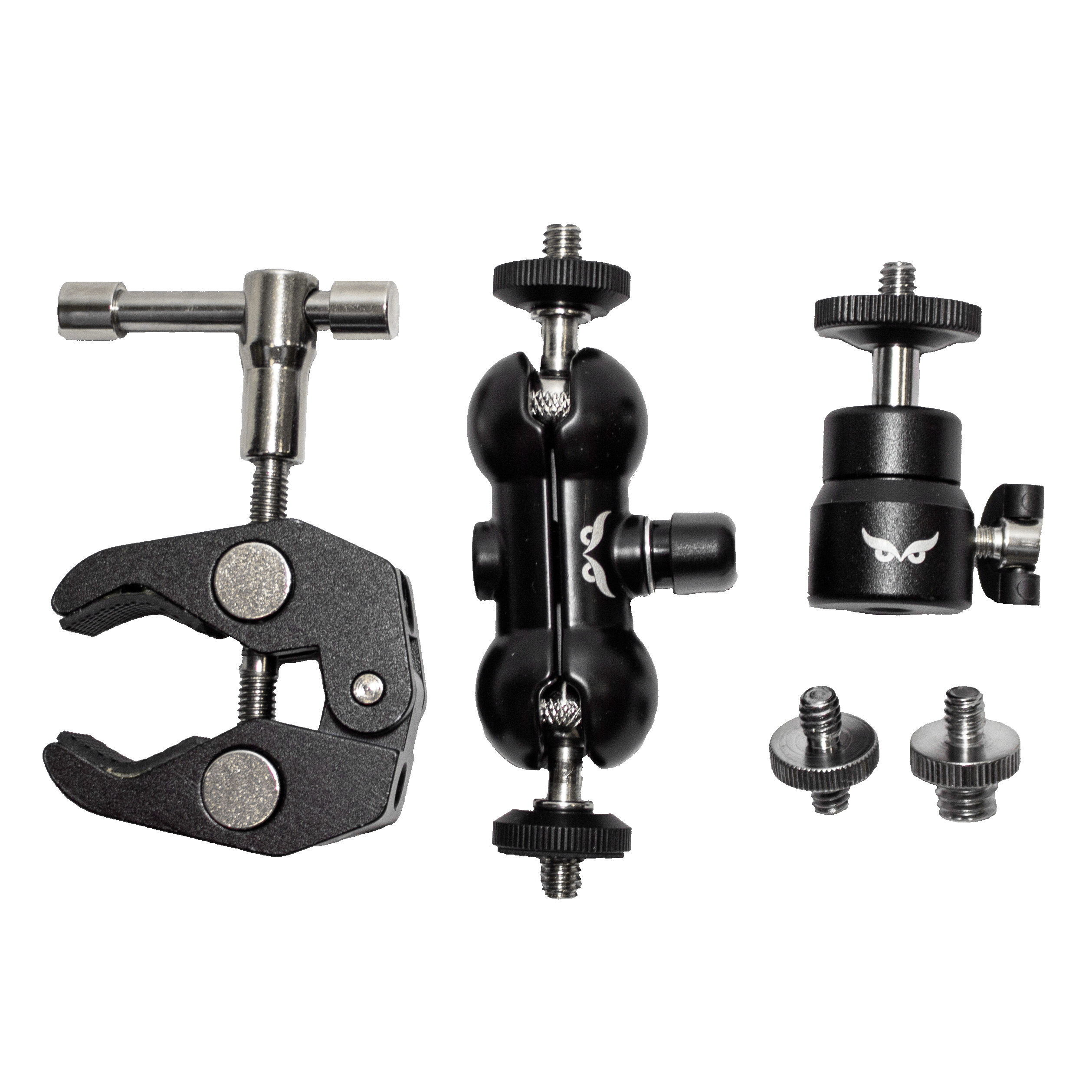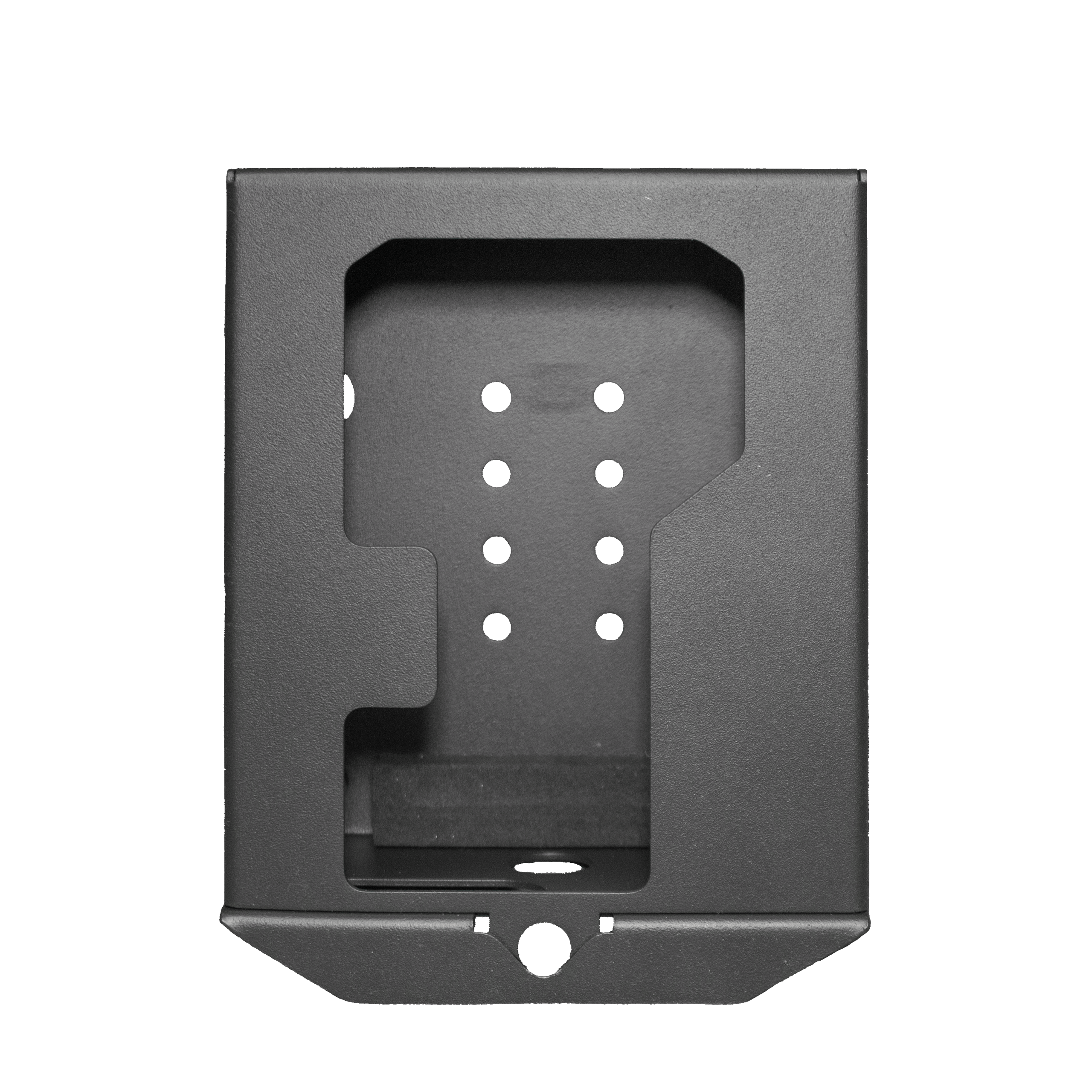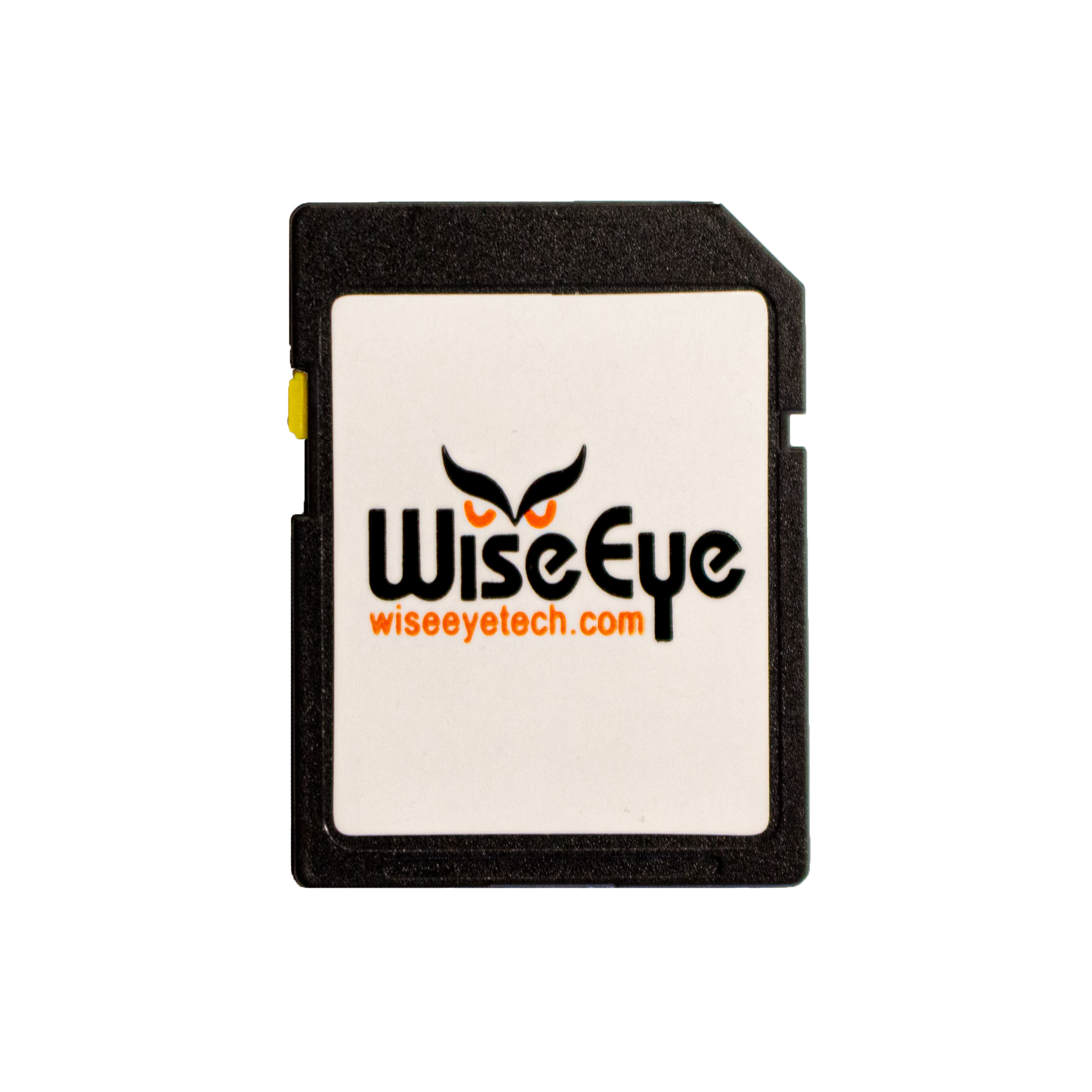Trail cameras have revolutionized the way we observe and study wildlife, providing a unique window into the habits and behaviors of animals in their natural habitats. For hunting dog trainers, hunters, and hunting enthusiasts, these devices are invaluable tools that enhance our understanding of wildlife and improve our hunting strategies. In this blog, we will explore the various applications of trail cameras in wildlife observation and research, how to choose the right camera, and best practices for using them effectively.
What is a Trail Camera?
Trail cameras, also known as game cameras, are motion-activated devices equipped with cameras and infrared sensors. They are designed to capture images or videos of wildlife without human presence, making them ideal for monitoring animal activity. These cameras have become popular not only among hunters but also among wildlife researchers, conservationists, and nature enthusiasts.
Benefits of Using Trail Cameras
Non-Intrusive Monitoring
One of the primary advantages of trail cameras is their ability to monitor wildlife without disturbing their natural behaviors. This non-intrusive method allows for more accurate observations.
Real-Time Data Collection
Trail cameras provide instant access to images and videos of wildlife, allowing users to gather real-time data about animal populations, movements, and behaviors.
Versatility
These cameras can be used in a variety of settings, from dense forests to open fields. They can also capture images in various weather conditions and times of day, thanks to features like night vision.
Enhanced Hunting Strategies
For hunters, trail cameras can offer critical insights into the movement patterns of game animals, helping to inform better hunting strategies.
Educational Opportunities
Trail cameras can be an excellent educational tool for those interested in wildlife. They allow users to learn about different species and their interactions in the ecosystem.
Choosing the Right Trail Camera
Selecting the right trail camera can feel overwhelming, given the vast array of options available on the market. The right choice depends on your specific needs, whether you’re tracking game for hunting or observing wildlife for research. By focusing on key features, you can find a trail camera that suits your objectives and environment.
Image Quality
High-resolution images are essential for accurately identifying species and assessing the health of wildlife. Aim for cameras that provide at least 12 megapixels to ensure clear and detailed images. This level of clarity allows you to analyze animal characteristics, which can be vital for both research and hunting.
Trigger Speed
The trigger speed of a trail camera is crucial for capturing quick-moving animals. A faster trigger speed—ideally less than 0.5 seconds—ensures you don’t miss fleeting moments. This feature is particularly important for species that move swiftly, as it maximizes your chances of getting a successful shot.
Detection Range
Detection range varies among trail cameras, impacting their effectiveness in different environments. Selecting a camera with a suitable detection range ensures you capture images in areas with varying levels of wildlife activity. Consider your specific terrain and wildlife patterns when assessing this feature.
Battery Life
Long-lasting battery life is a critical factor that minimizes the need for frequent maintenance trips. Cameras with extended battery life or solar power capabilities allow for longer periods of observation without interruptions. This is especially beneficial for remote locations where access may be limited.
Video Capability
Many trail cameras now offer video recording in addition to still images, enhancing your ability to study animal behavior. This feature provides context about interactions and movements that static images cannot capture. By reviewing video footage, you gain deeper insights into the dynamics of wildlife.
Durability
Trail cameras often face harsh weather conditions, so durability is a must. Look for models that are weather-resistant and designed to withstand the elements. A robust camera will perform reliably over time, ensuring you get the most out of your investment.
Best Practices for Using Trail Cameras
To maximize the effectiveness of your trail camera, implementing best practices is essential. Proper placement, maintenance, and data analysis can significantly enhance your observations and insights. By following these guidelines, you can ensure that your trail camera provides the most valuable information possible.
1. Location, Location, Location
Choosing the right location for your trail camera is crucial. Look for areas with high animal activity, such as trails, water sources, or feeding areas. Elevate the camera slightly off the ground and angle it to capture the best view of passing wildlife.
2. Use Bait Wisely
Bait can help attract wildlife to your camera, but it’s important to use it ethically and in accordance with local regulations. Choose natural bait that will not harm the ecosystem, and avoid using processed foods. Responsible baiting practices ensure you’re promoting a healthy interaction with wildlife.
3. Regular Maintenance
Check your cameras regularly to ensure they are functioning properly. This includes checking the batteries, clearing memory cards, and adjusting settings as needed. Consistent maintenance minimizes the chances of missing crucial moments due to technical issues.
4. Respect Wildlife
Always prioritize the well-being of wildlife when setting up your camera. Avoid placing cameras in sensitive areas or disrupting their natural habitats. Use your findings to promote conservation and responsible hunting practices.
5. Analyze Your Data
Review the images and videos collected to gain insights into wildlife behavior and activity patterns. This information can be invaluable for adjusting hunting strategies or contributing to conservation efforts. Taking the time to analyze your data helps you make informed decisions based on your observations.
Trail Cameras in Research and Conservation
Trail cameras are not just for hunting enthusiasts; they play a significant role in wildlife research and conservation efforts. Researchers use these cameras to monitor populations, track migrations, and study behavior without disturbing animals.
Case Studies in Wildlife Research
Several case studies illustrate the effectiveness of trail cameras in wildlife research. One notable example is the Florida Panther Recovery Project, where researchers utilized trail cameras to monitor the endangered Florida panther population in the Big Cypress National Preserve. By capturing images of these elusive cats, the team was able to gather critical data on their population size, reproductive success, and movement patterns, all without human interference.
Similarly, studies on predator-prey dynamics have benefited from the unobtrusive nature of trail cameras. In a study conducted by the University of California, Santa Cruz, researchers used trail cameras to observe the interactions between coyotes and their prey, such as deer and rabbits. The cameras allowed scientists to gather real-time data on predation rates and behaviors, leading to valuable insights about ecosystem dynamics and the impact of predators on prey populations. These examples demonstrate the powerful role trail cameras play in advancing wildlife research and conservation efforts.
Community Science Initiatives
Trail cameras also contribute to community science initiatives, where citizens can participate in data collection. This collaborative approach not only broadens the scope of research but also fosters a greater appreciation for wildlife conservation among participants.
Enhancing Your Hunting Experience with Trail Cameras
For hunters, trail cameras can significantly enhance the overall hunting experience. Here are a few ways to leverage these devices for more successful hunts:
Understanding Game Patterns
By monitoring the movement patterns of game animals, hunters can determine the best times and locations to set up for a hunt. This strategic approach increases the chances of success.
Scouting Without Disturbance
Trail cameras allow hunters to scout areas without physically entering the environment, which can disturb wildlife and alter their behavior. This stealthy approach helps maintain natural patterns.
Tracking Seasonal Changes
Animal behavior can change with the seasons. By using trail cameras throughout the year, hunters can gain insights into how animals adapt to seasonal changes, aiding in more informed decision-making.
Improving Dog Training
For hunting dog trainers, trail cameras can be a useful tool for observing how dogs interact with wildlife. Trainers can use this information to refine training techniques and better understand their dogs’ instincts and responses to different species.
Conclusion
Trail cameras have become indispensable tools for wildlife observation and research, offering insights that benefit both hunters and conservationists. Their ability to monitor wildlife non-intrusively and provide real-time data has transformed how we understand and engage with the natural world. By choosing the right trail camera and employing best practices, you can enhance your wildlife observation and hunting experiences.
If you’re looking to invest in high-quality trail cameras or need hunting gear and dog training equipment, check out HuntEmUp. They offer a range of products designed to support your outdoor adventures. Whether you’re a seasoned hunter or just getting started, having the right tools can make all the difference.
Ready to take your dog training to the next level?
Visit HuntEmUp today to explore our wide selection of top-quality hunting and dog training products!
Whether you’re a seasoned hunter or just getting started, we have everything you need to succeed in the field. Don’t miss out—equip yourself with the best and take your hunting game to the next level!
